These projects are at the midpoint of a two-semester sequence. They are not complete.
E1.01 - Team Sonus: Dual-Use MEMS Mic Array
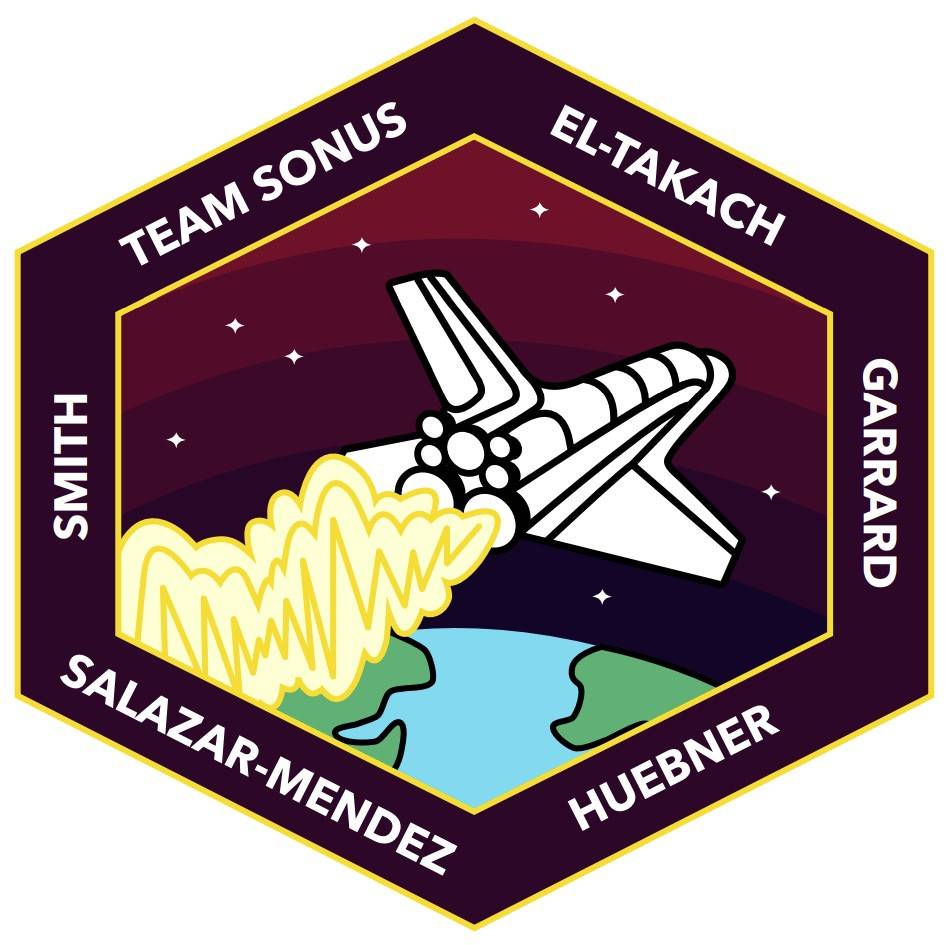
Sponsor: NASA TSGC
Student Team: Nicholas El-Takach, Nicholas Garrard, Olivia Salazar-Mendez, Jessie Smith, and Mason Huebner
Faculty Advisor: Dr. Richard Compeau
Our team will be building a proof-of-concept prototype dual-use omnidirectional wideband micro-electromechanical system (MEMS) microphone array that will detect human vocal range (200Hz - 6kHz), relay the detected vocal message over a speaker, and identify ultrasonic frequencies (>20kHz) that indicate anomalies such as air leaks. If an ultrasonic sound is detected, the product prioritizes it over a voice and will alert personnel with an audio alarm that can be disabled manually by the user. A visual alarm will also be triggered by the detection of the ultrasonic frequency.
E1.02 - 3D Printed Wave Guides, Team "Wave"
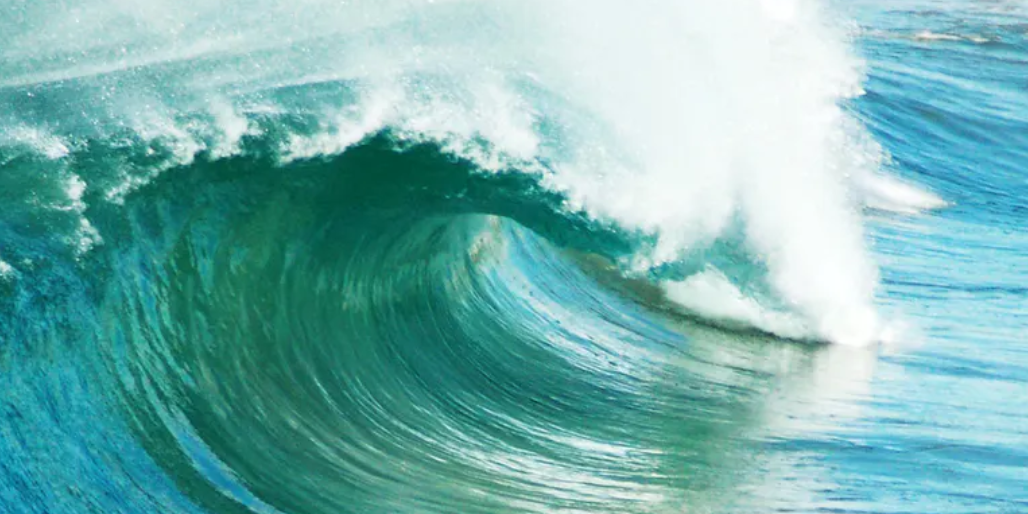
Sponsor: Dr. Rich Compeau
Student Team: Vahid Jalaliani, Cole Knapek, Brody Mills
Faculty Advisor: Dr. Karl Stephan
We are printing a horn antenna, coax adapter, and wave guide. We will then collect data from our produced equipment and see if we can come close to the data collected from expensive research components. Our printed components will be less than 20% the cost of research equipment used to data collect.
E1.03 - 3D Printed Waveguide Components
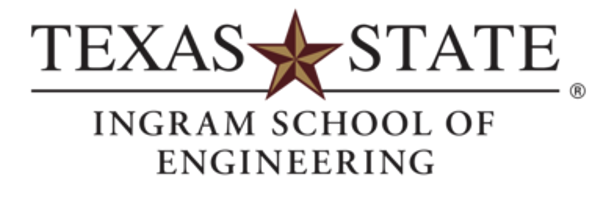
Sponsor: NASA TSGC
Student Team: Anurag Kumar, Josue Garcia, Sarah Picas, Dylan Woody
Faculty Advisor: Dr. Harold Stern
For our project we will be 3D printing, electroplating, and validating three separate WR-90 waveguide components. Those components are a waveguide bulkhead adapter, a coax to waveguide adapter, and a waveguide straight section. We will produce these three components, then validate them to perform comparably to the available commercial WR-90 components from Dr. Stephan’s and Dr. Chen’s labs.
E1.04 - Automated Pet Feeder
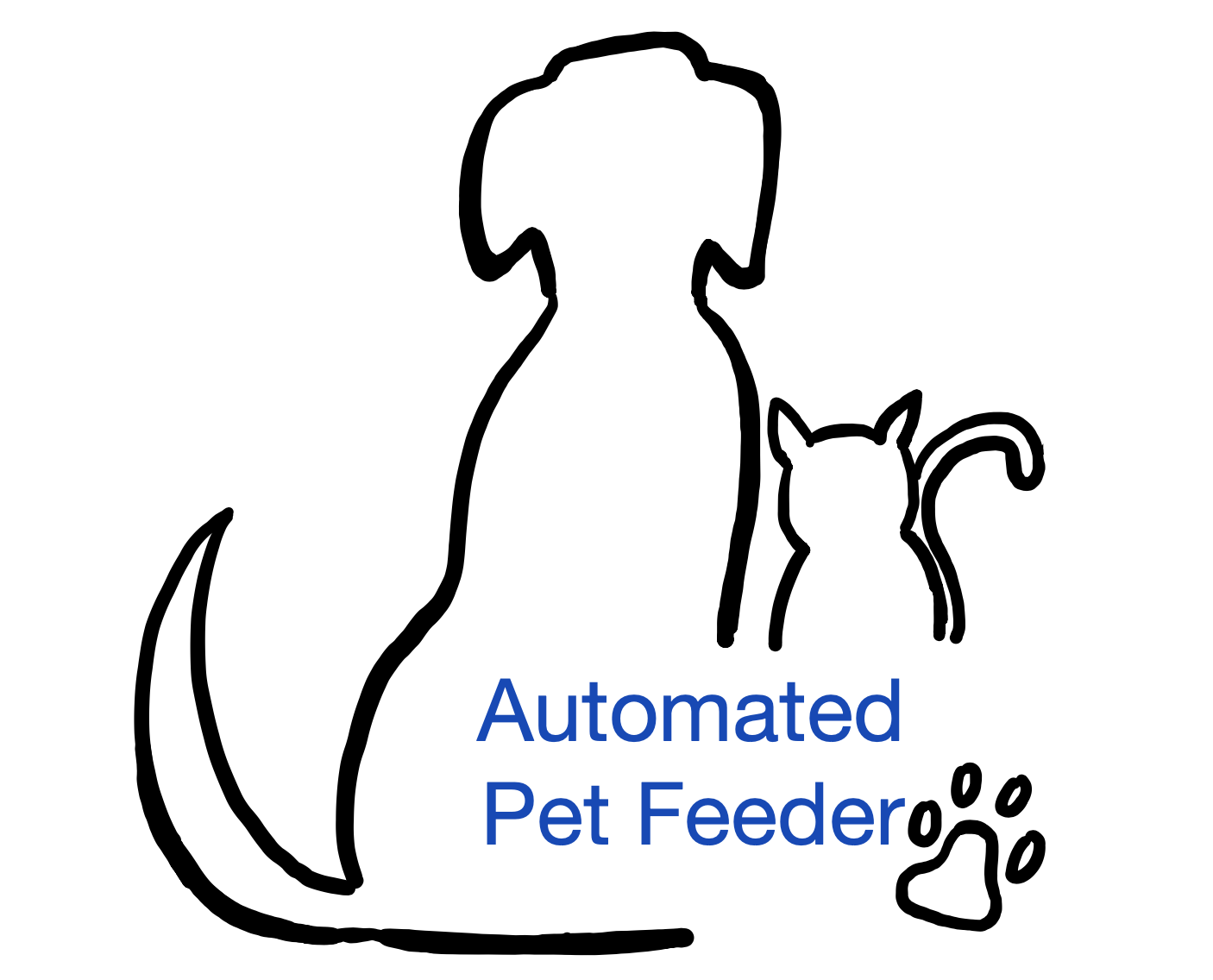
Sponsor: Diane Welker
Student Team: Nic Briggs, Barton Maupin, Victoria Ticheli, Rosemary Perez
Faculty Advisor: Dr. Mark Welker
The automated pet feeder will allow users to feed up to 4 pets, whether they are home or away from home. Pets may eat simultaneously; however, they are guaranteed to have their specific food and the correct portion sizes. Pets can be kept from overeating by setting time limits and having bowls that close once the limit is met. If a pet isn’t eating at all, the user will be able to see this in a log of all feed times for each pet.
E1.05 - Drifter
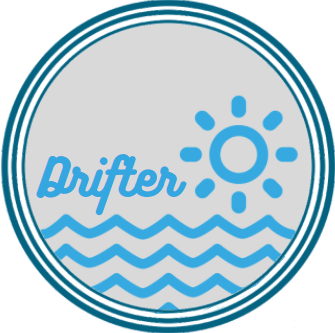
Sponsor: Jacobs Engineering Group
Student Team: Jacob Smith, Amber Ferguson, Rodolfo Montero, Rod Michael
Faculty Advisor: Mr. Lee Hinkle
The Drifter is a data logging smart buoy that measures quality metrics of bodies of water for a minimum of one year. It is a low maintenance, low-cost system that uses solar and battery power to sustain operations. Data such as temperature, pH, and etc. is measured every thirty minutes before being transmitted via LoRa radio signals. This data can also be accessed each maintenance cycle via Bluetooth transmissions or Micro SD retrieval.
E1.06 - Child Awareness and Protection System
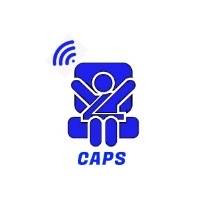
Sponsor: Texas State University & Mr. Lee Hinkle
Student Team: Ayad Brkhesh, Will Sampson, Brent Gardner, Alec Harris
Faculty Advisor: Dr. Semih Aslan
Heat strokes are one the leading causes of death in young children who are left inside of cars for an extended period. CAPS, Child Awareness and Protection System, guarantees the safety of kids while traveling in a vehicle. Our system alerts drivers when children are forgotten in backseats which allows for comfort for parents, knowing a simple mistake doesn’t become their biggest regret. We provide a low cost, effective, detection system that is applicable to any car.
E1.07 - ROBO-CAR (A)

Sponsor: Jeffrey Stevens
Student Team: Rehana Ahmed, Eduardo Alonso, David Cornejo, Cristian Rodriguez
Faculty Advisor: Dr. William Stapleton
This will be one of four autonomous vehicles that will compete through a series of challenges during Senior Design Day. For the first challenge our Robo-Car will navigate through a hallway autonomously as fast as possible, this will be accomplished through a two wheel drive controlled by an arduino board receiving input from an ultrasonic sensor array.
An infrasonic sensor array will aid the Robo-Car through the second challenge where it will have to push a randomly placed block out of a ring. It will all come together next Senior Design Day when the Sumo-Bot Tournament takes place.
E1.08 - Auto-Bot

Sponsor: Jeff Stevens
Student Team: Alex Quijano, Preston Enriquez, Rigoberto Cerda, Daniel Alonso
Faculty Advisor: Dr. Larry Larson
Our product is a small 2-wheel drive autonomous vehicle that is designed to perform a variety of different tasks. This includes the ability to traverse down a hallway, detect an object, push the object, and compete in a Sumo Match tournament against other Robocars where the goal is to force them out of a dohyo (sumo ring). In order to ensure success in all tasks, the base of our robo-car will be using an Arduino Uno microcontroller collaborating with 2 DC motors, Ultrasonic and IR sensors.
E1.09 - Mini Autonomous Robo-Car Unit
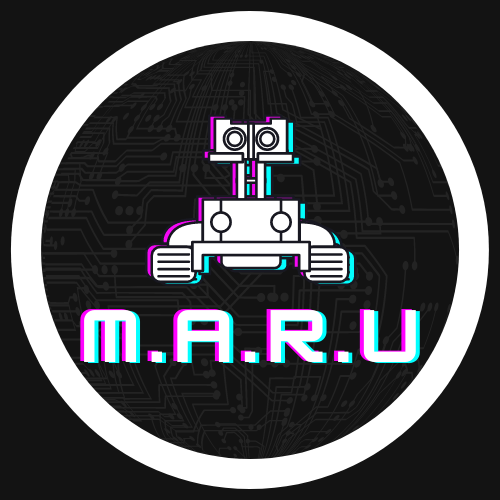
Sponsor: Texas State University, Jeff Stevens
Student Team: Jordan Severinson, Ezequiel Gardea, Alejandro Longoria, Andres Saldivar
Faculty Advisor: Mr. Lee Hinkle
Our project showcases a small autonomous Robo-Car that is designed to navigate a variety of competitive scenarios. The Robo-Car will use a variety of sensors to detect a block or another Robo-car and push it out of a sumo ring while avoiding the boundary of the ring. The Robo-Car will traverse a designated course without human intervention. This project could benefit school districts’ science and engineering programs by giving them hands-on experience to create their own Robo-Car and develop a good foundation of robotics.
E1.10 - Sumo-Bot Team D
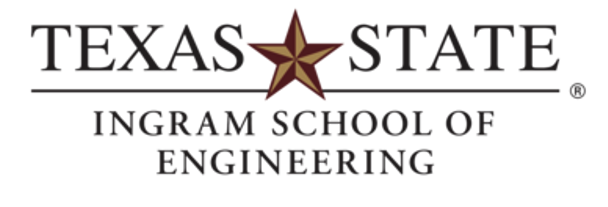
Sponsor: Jeff Stevens
Student Team: Christopher Escobar, Sean Baker, Ringtarih Tamfu
Faculty Advisor: Mr. Mark Welker
The team is designing a robot following sumo-bot mini guidelines. The robot will be able to traverse a competition ring, search for opponents, and push the opponents out of the ring once they are found. The team will develop the algorithms necessary to perform these functions. The robot will perform autonomously by using a microcontroller and sensors.